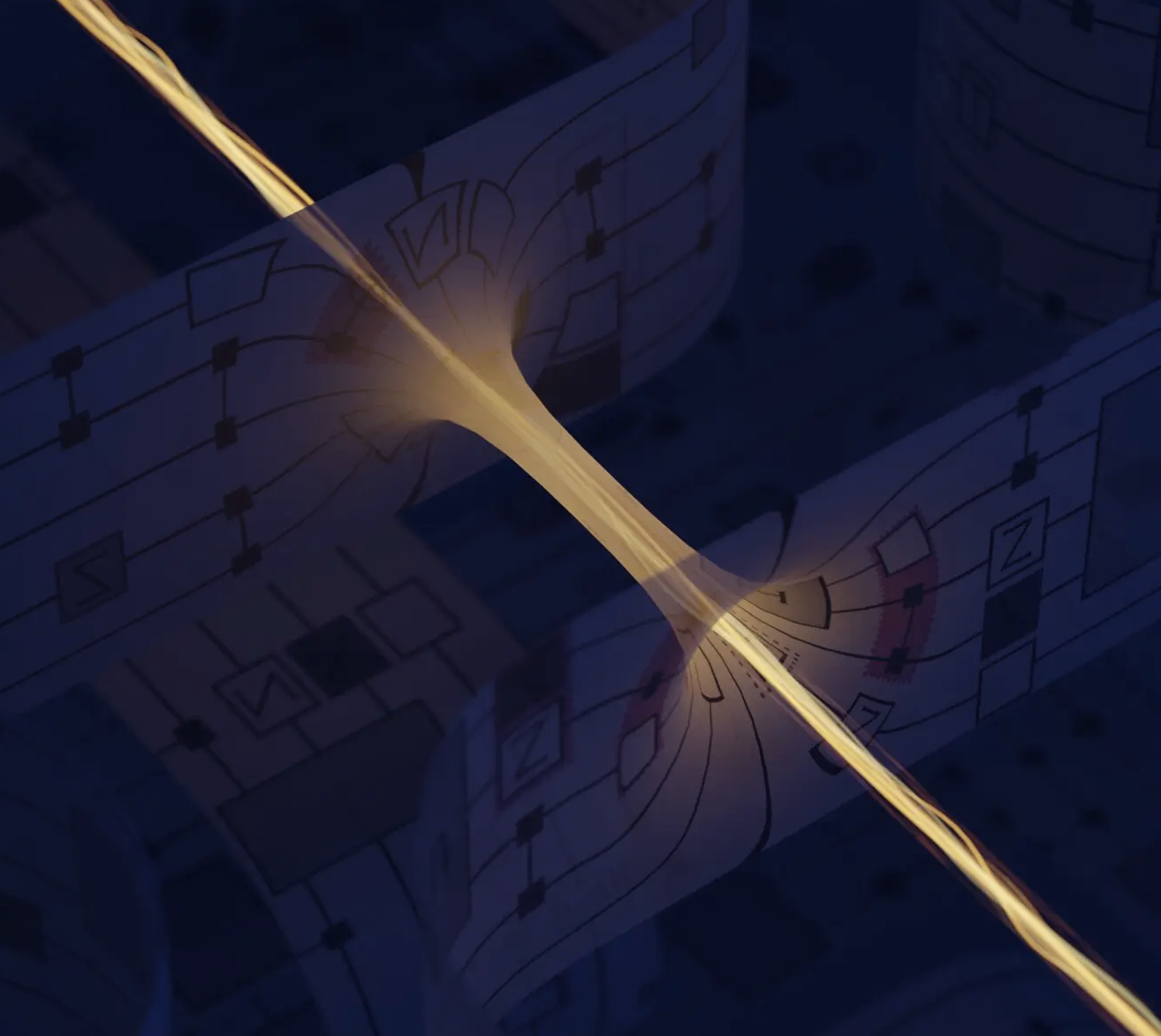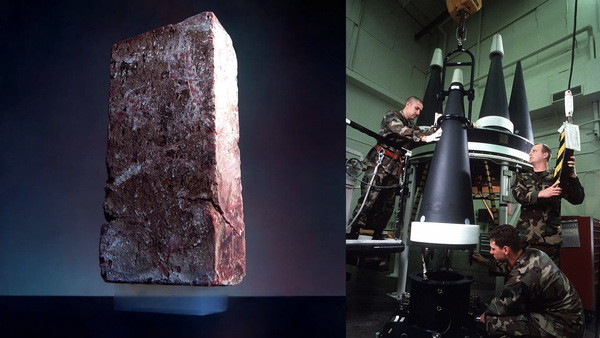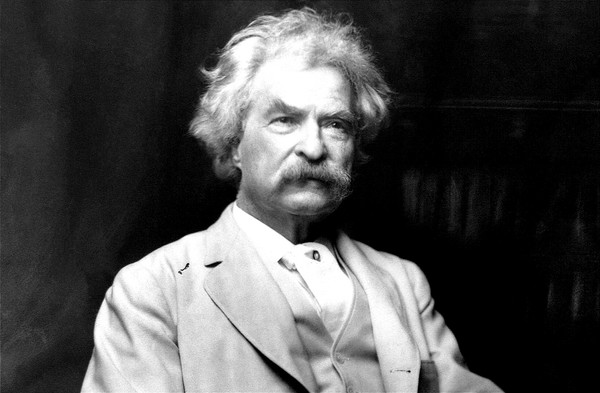Physicists created a tiny black hole inside a quantum computer

A group of researchers announced on Wednesday that they had simulated a pair of black holes in a quantum computer and sent a message between them through a shortcut in space-time called a wormhole. Physicists described the achievement as another small step in the effort to understand the relation between gravity, which shapes the universe, and quantum mechanics, which governs the subatomic realm of particles. “This is important because what we have here in its construct and structure is a baby wormhole,” said Maria Spiropulu, a physicist at the California Institute of Technology and the leader of a consortium called Quantum Communication Channels for Fundamental Physics. “And we hope that we can make adult wormholes and toddler wormholes step-by-step.”
What it's like to be a food writer when you can taste everything you see
Julia Skinner writes about what it's like to write about food with synesthesia, which in her case means that everything she looks at has a taste: "Some people hear colors. Some taste sounds. A few, like me, can taste everything around us. The condition of synesthesia—experiencing one or multiple senses through another sense—offers a world informed by the intersection of our experiences rather than the boundaries between them, a world that exists between sense and sensation. In my world, I experience flavors on my palate unique to each thing I see. Here are a few of the flavors I experience: The road itself “tastes” kind of like blueberry Pop Rocks, while the light poles are almost like smooth, cool black licorice. Each building has its own flavor, some informed by the color of the facade—Argosy’s, with its dark-stained wood, is caramelly."

A Paris museum has 18,000 skulls, but it’s reluctant to say whose
With its monumental Art Deco facade overlooking the Eiffel Tower, the Musée de l’Homme, or Museum of Mankind, is a Paris landmark. Every year, hundreds of thousands of visitors flock to this anthropology museum to experience its prehistoric skeletons and ancient statuettes. But beneath the galleries, hidden in the basement, lies a more contentious collection: 18,000 skulls that include the remains of African tribal chiefs, Cambodian rebels and Indigenous people from Oceania. Many were gathered in France’s former colonies, and the collection also includes the skulls of more than 200 Native Americans, including from the Sioux and Navajo tribes. The remains, kept in cardboard boxes stored in metal racks, form one of the world’s largest human skull collections.

Raymond Chandler on the detective novel and the "simple art of murder"
The detective story for a variety of reasons can seldom be promoted. It is usually about murder and hence lacks the element of uplift. Murder, which is a frustration of the individual and hence a frustration of the race, may have, and in fact has, a good deal of sociological implication. But it has been going on too long for it to be news. If the mystery novel is at all realistic (which it very seldom is) it is written in a certain spirit of detachment; otherwise nobody but a psychopath would want to write it or read it. The murder novel has also a depressing way of minding its own business, solving its own problems and answering its own questions. There is nothing left to discuss, except whether it was well enough written to be good fiction, and the people who make up the half-million sales wouldn't know that anyway. The detection of quality in writing is difficult enough.

The invention of cheap fertilizer helped feed millions, but also led to the rise of Hitler
What is the Haber-Bosch process? It’s what keeps billions of people in the modern world from starving to death. In Hager’s phrase: it turns air into bread. It synthesizes nitrogen from the atmosphere, and combines it with hydrogen gas to form ammonia, a key component in fertilizer – but also a key component in explosives. Haber and Bosch collaborated and built a plant that churned out tons of ammonia a day. It beat out all competing processes (including one that used electric arcs through the air), and provided the world with fertilizer—cheaper and of more consistent quality than could be obtained from the salts of Chile, which were abandoned before they ran out. Haber-Bosch fed the world—but it also prolonged World War I, and later helped fuel the rise of Hitler.

Scientists figured out why lightning zig-zags
For the past 50 years, scientists around the world have debated why lightning zig-zags and how it is connected to the thunder cloud above. There hasn't been a definitive explanation until now, with a University of South Australia plasma physicist publishing a landmark paper that solves both mysteries. Dr. John Lowke, former CSIRO scientist and now UniSA Adjunct Research Professor, says the physics of lightning has stumped the best scientific minds for decades. "There are a few textbooks on lightning, but none have explained how the zig-zags (called steps) form, why the electrically conducting column connecting the steps with the cloud remains dark, and how lightning can travel over kilometers," Dr. Lowke says.The answer? Singlet-delta metastable oxygen molecules.

You can take a 3D tour of the Pyramid of Giza
Thanks to Harvard University, you can now virtually enter the Great Pyramid of Giza in 3D and 360º
— Massimo (@Rainmaker1973) November 30, 2022
Tour: https://t.co/oNXYcADrXbpic.twitter.com/VYFChxbEUL



